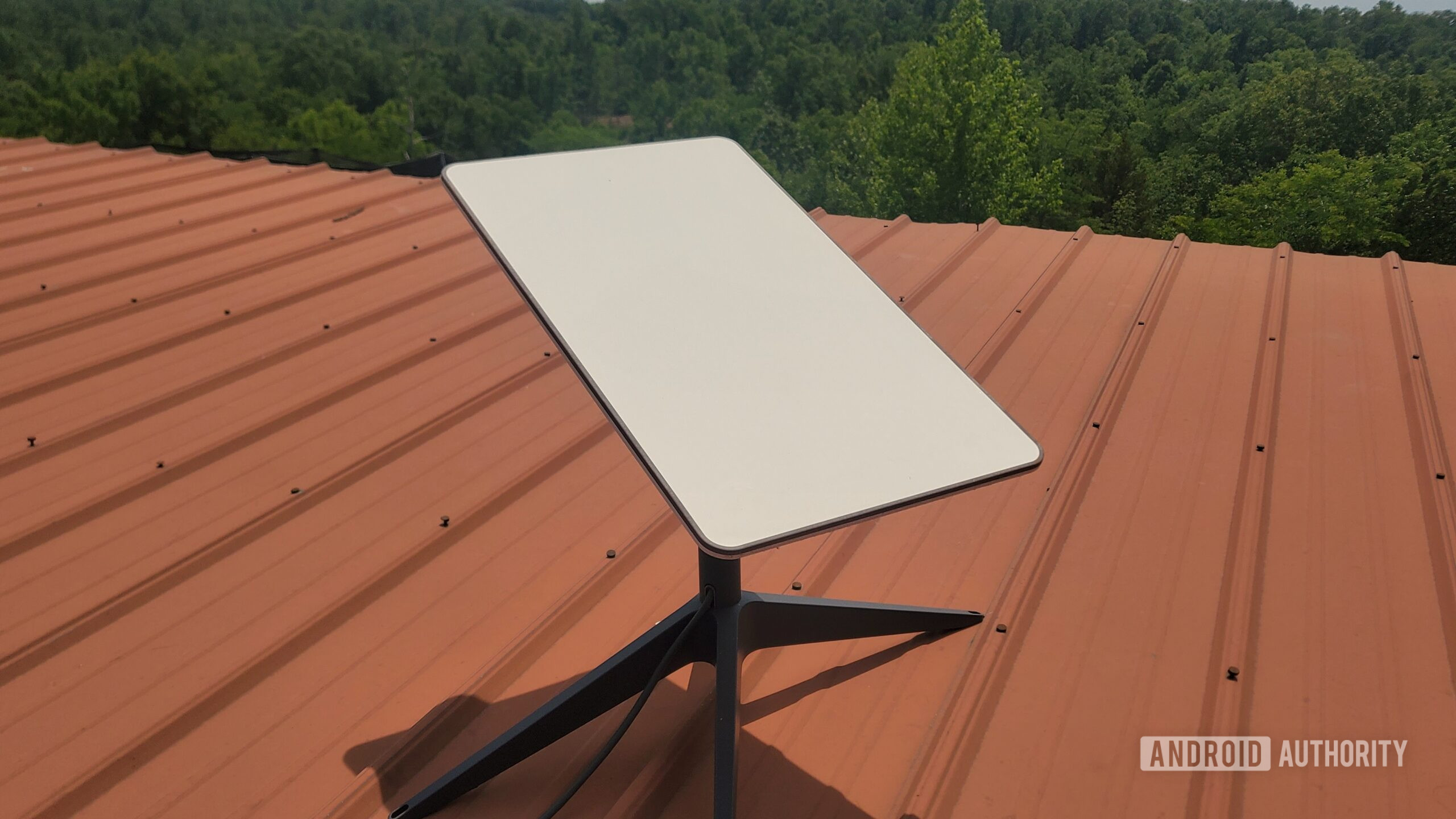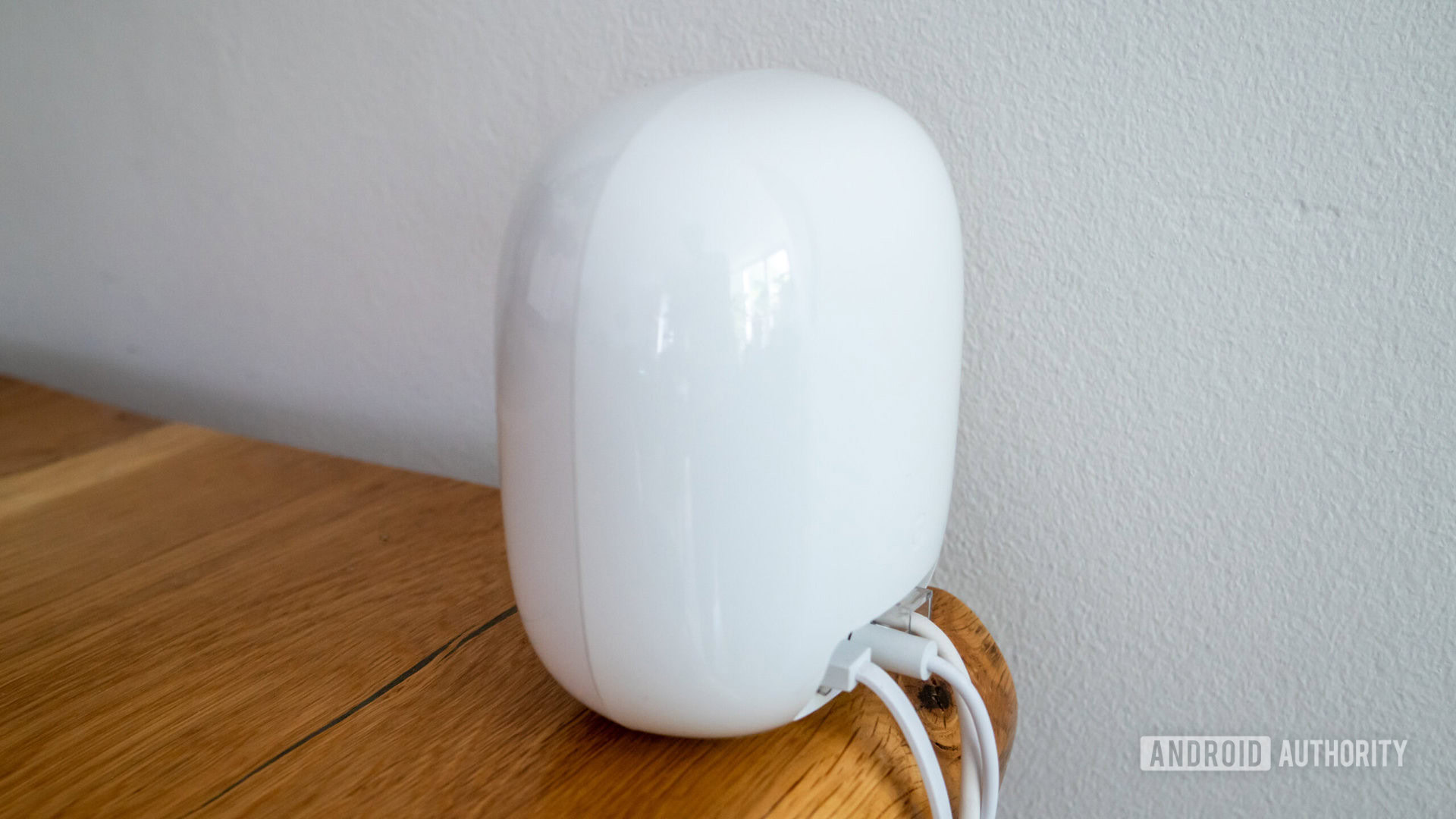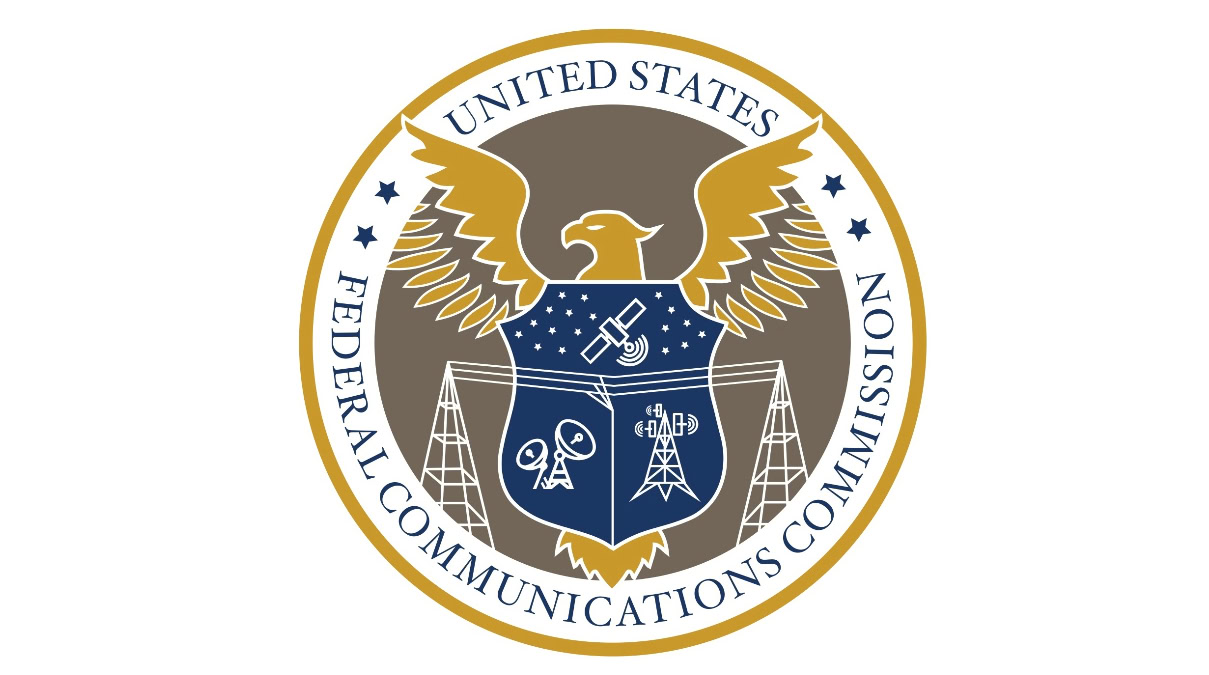
Andrew Grush / Android Authority
The United States is known for its high utility costs, especially for services like cable, mobile access, and internet. The average median price for internet service in the US in 2023 is $75 per month. Think that’s a lot? I currently pay $250 a month after switching to Starlink Business (also known as Priority access). And I’m not even mad about it. Sure it’s a lot, but as a tech nerd, my lifestyle has improved because of it. Why do I pay such a price, and what kind of experience does this provide? Good question.
Living in Rural America means making digital sacrifices
I’ve written about this topic before, but Rural America is falling further behind the rest of the country. While many rural towns are laying down fiber and cable lines, it’s much more challenging for those on farms, acreages, or in very small rural communities. According to a 2021 report, only 70% of the 287 most rural counties in the nation have access to high-speed internet. Many of these people live outside of towns, like myself.
Until Starlink came around, my options were limited. I could get a satellite internet provider like Hughesnet or ViaSat. Another option was to get a hotspot that required an amplifier to get a decent signal inside my house. I actually used a combination of Hughesnet, Visible, and Verizon for a while. The hotspot didn’t come close to delivering true LTE speeds, averaging around 3-11Mbps.
Visible was even worse, usually around 1-5Mbps, but enough to at least watch Netflix. With three kids and me working from home, I needed all three services for enough connectivity for homework, my job, and some online entertainment. At the time, I paid around $260 or more for a solution that was frankly awful.
Starlink changed the game for me but with a huge asterisk

Finally, Starlink arrived like a shining beacon, only for the cell in my area to fill up faster than I could turn my head. This left me no choice but to stick with my mediocre setup until the debut of Starlink RV (aka Starlink Roam, now Starlink Mobility). Once I signed up for Starlink for RV, my situation rapidly improved. I paid around $150 and saw pretty good speeds of around 75-125Mbps. I was saving over $100 a month and actually had an enjoyable experience with no caps.
Over time, things got significantly worse as more users signed up, and it became obvious Starlink was oversubscribed. Still, I’d get around 40-80Mbps during less congested times and 20-30Mbps during peaks. Unfortunately, my speed continued to decline over the summer. By mid-July, I would still see around 30-55Mbps during non-congested periods, but peak hours in the evening would drop as low as 10-15Mbps. After nearly a year of flawless streaming, things were sometimes getting more than a little fuzzy at night.
This was good enough for me most of the time, though I was more than a little upset to see performance slide down progressively month after month. I’d get frustrated at night when I couldn’t watch TV or play online if more than one of my kids or my wife was doing the same. But I reminded myself it was better than where I’d been just a year or so prior. Still, I wondered if there was a better way. Enter Starlink Priority 1TB.
Starlink Business: I now have great internet service, but for how long?

Kris Carlon / Android Authority
If you live in an oversubscribed cell, you have just a few options since Starlink Residential (Standard) service is out of reach. You can certainly keep Starlink Mobile and just grin and bear it when slowdowns happen. There are also Mobile Priority plans, but those are better for boaters and frequent travelers, costing $250 for just 50GB a month and going up from there. Then there’s Starlink Priority 1TB (or higher), starting at $250 a month. This plan is also known as Starlink Business.
Starlink Business isn’t a mobile service, so you have to enter a home address like the Standard tier. While I only get 1TB of access, that’s usually about what I use. If I go over, I get the same Standard service as Starlink Residential subscribers — still an upgrade from the “best effort” service I got with Starlink Mobility. Overall, it’s a massive improvement.
My actual Starlink speed test results vary depending on the time of day. In the week since I’ve switched, I typically see working hour speeds in the 100-175Mbps range and evening speeds of at least around 50Mbps. Often, it’s even higher, with an average range of around 50-100mbps. Below are just a few screenshots taken throughout different times of the day to give you a better idea. Keep in mind I used the official Speed Test tool from Starlink as it’s supposedly better optimized for its satellite-based network. That said, I did play around with Google’s speed test at one point in the week and found very similar results.
Now, there are some downsides to this arrangement. First, I basically jumped ahead of Residential users and I’m getting prioritized service. Yes, I’m paying extra for the privilege, but the more people that do this, the more the service could slow down in general. Will I stick with it or go back to Starlink Mobile? I’m not yet sure.
Starlink Prority gives me the speeds I want, but at a pretty hefty price. It’s also a bit unfair to those waiting in line for Standard service.
Because of my job, it’s important I have solid internet service, but there’s an ethical quandary here at the same time. It seems pretty unfair to folks who have been waiting forever to get Starlink Residential. For that reason, I’m not necessarily recommending that everyday users make the jump to Starlink Business even if they can afford it. Still, for those who have no alternatives and heavily rely on the web, there might be no other option. I also question how long these speeds will last. Especially given my history over the last year or so. For what it’s worth, I’ve heard that some people in extremely overpacked cells barely see an improvement even on Business/Priority, though that’s mostly hearsay.
I’m not blaming Starlink for all my woes. Although maybe they could have prevented oversubscribing in the first place. Then again, I wouldn’t be writing this piece and would be stuck with Hughenet and other band-aid solutions. The rollout of a network of this proportion isn’t easy and takes time. I just wish there were other alternatives ready to go. Thankfully there will eventually be other options, including new LEO (low Earth orbit) networks like Amazon’s Kuiper. All this just takes a lot of time. It also requires funding, something the government was supposed to help with.
Rural internet needs to change, and the government could have helped

Andrew Grush / Android Authority
In December 2020, the FCC tentatively awarded Starlink $886 million in funding to expand its service to rural areas as part of its Rural Digital Opportunity Fund. Unfortunately, it reversed this decision in August of last year. The FCC claimed that rapidly plummeting speeds cast doubt on whether the company could supply fast enough speeds.
At the time, FCC Chairwoman Jessica Rosenworcel stated, “We cannot afford to subsidize ventures that are not delivering the promised speeds or are not likely to meet program requirements.” Those requirements include delivering consistent speeds of 25Mbps downstream and 3Mbps upstream at “rates reasonably comparable to those available in urban areas to all locations within an awarded area over eight years of the 10-year program.” The FCC came to this conclusion after using speed tests from Ookla. It also noted that Starlink’s pricing is quite high at $120 for the standard service. This is true, but I argue many are willing to pay for it nonetheless. It’s also likely the pricing could go down in the coming years.
Aside from the requirements above, the funded companies must also meet the following:
- 40% of deployments by end of year 3
- 60% of deployments by end of year 4
- 80% of deployments by the end of year 5
- 100% deployments by the end of year 6
As you might imagine, Starlink wasn’t pleased with this decision and promptly filed an appeal. However, it appears that the appeal hasn’t made much progress as of now, but we can hope for a favorable outcome. Unfortunately, the chances of a reversal seem rather slim. Although I understand the FCC’s concern about declining speeds, the funding could have significantly improved the situation. Starlink made a compelling argument in its appeal:
RDOF was, by design, meant to provide funding—and time—for participating service providers to meet these requirements. Indeed, most RDOF applicants currently provide no service in many/any of their RDOF areas today. The fact the Bureau relied on unauthorized outside speed tests without even notifying SpaceX that its decision was based on these tests only compounds the error.
I personally concur with Starlink’s perspective. While LEO internet services may not be flawless, they offer the advantage of working anywhere without the need for physical infrastructure. This alone gives Starlink a clear edge over many of the approved programs that rely on physical cables. Moreover, it’s significantly superior to fixed wireless internet, which utilizes technology similar to mobile phones to deliver internet signals into homes through fixed equipment that often requires precise line-of-sight.
On a positive note, if the funds are eventually awarded, rural areas will witness significant improvements eventually. In turn, the gap between rural and urban communities will finally begin to narrow. Why am I questioning when they will disburse the funds? Well, let’s just say the FCC has a poor track record when it comes to following through with subsidy awards. Even if it does materialize, those of us in truly remote locations will likely be the last to benefit from these improvements. It didn’t have to be this way.



